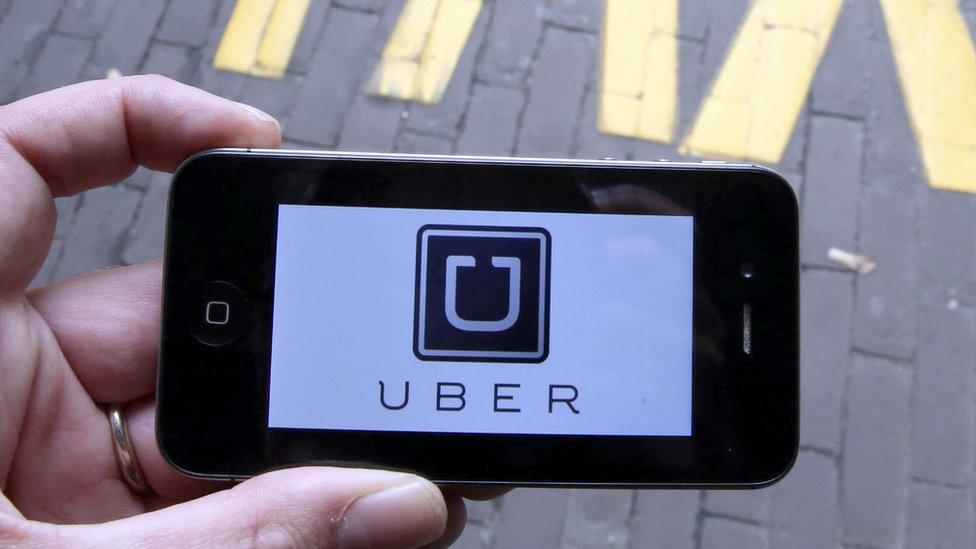Softbank IPO: A guide to the Japanese tech giant
- Published
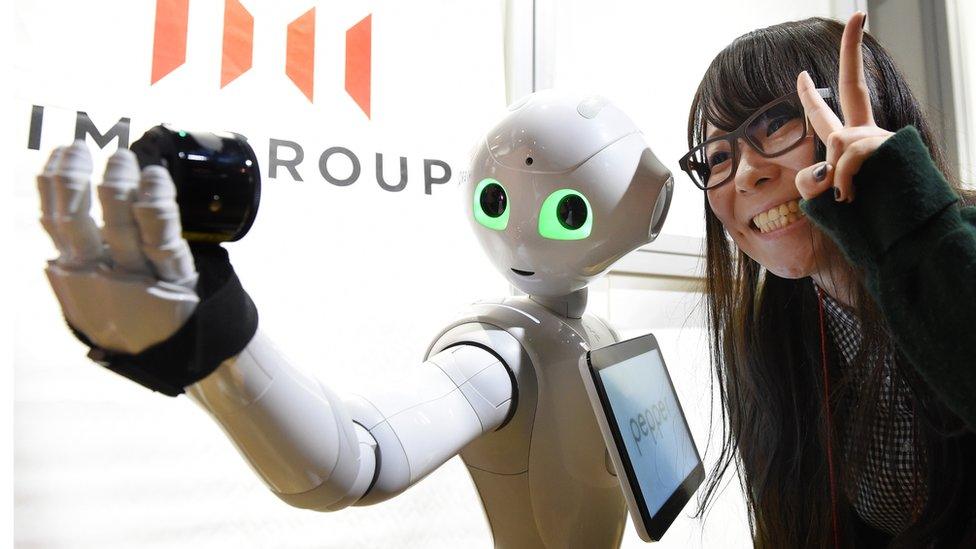
SoftBank developed a robot call Pepper which the company says can read human emotions
Japan's Softbank plans to list its mobile unit in Tokyo next month in what could be one of the world's largest stock offerings.
The 2.4 trillion yen ($21bn) float is part of Softbank's broader move away from telecoms towards tech investing.
If demand triggers an additional offering, the IPO could rival Alibaba's record $25bn listing.
Led by Japanese billionaire Masayoshi Son, the firm has built up a high-profile portfolio of tech investments.
"Over the last several years, Softbank has gradually been transforming away from telecommunication to more of a venture capital company," Marc Einstein, analyst at ITR Corporation in Tokyo said.
"What we are seeing now is a step in that direction," he said.
What does Softbank do?
Softbank began as a Japanese telecoms company but has since become a technology conglomerate through various deals and investments.
The firm, run by Japanese billionaire Masayoshi Son, moved into robotics and developed the human-like Pepper in 2014.
Some of its deals include buying UK chip firm ARM Holdings for £24bn ($30.1bn), investing $1bn in satellite start-up OneWeb, and setting up a venture fund with Saudi Arabia.
Softbank has also shown an appetite for investments in ride-sharing, backing China's Didi Chuxing and South East Asian taxi-hailing app Grab. It also has a large stake in Uber.
It previously acquired Vodafone's Japanese operations and the US telecoms company Sprint.
Self-driving technologies have also attracted investment from Softbank, including a partnership with Toyota to develop transport services using autonomous vehicles.
Who is Masayoshi Son?
Mr Son founded Softbank and has guided it to become one of the world's biggest technology companies.
The entrepreneur - who is Japan's richest man according to Forbes - is known for having an eye for firms with big potential and for spotting transformative industries and trends.
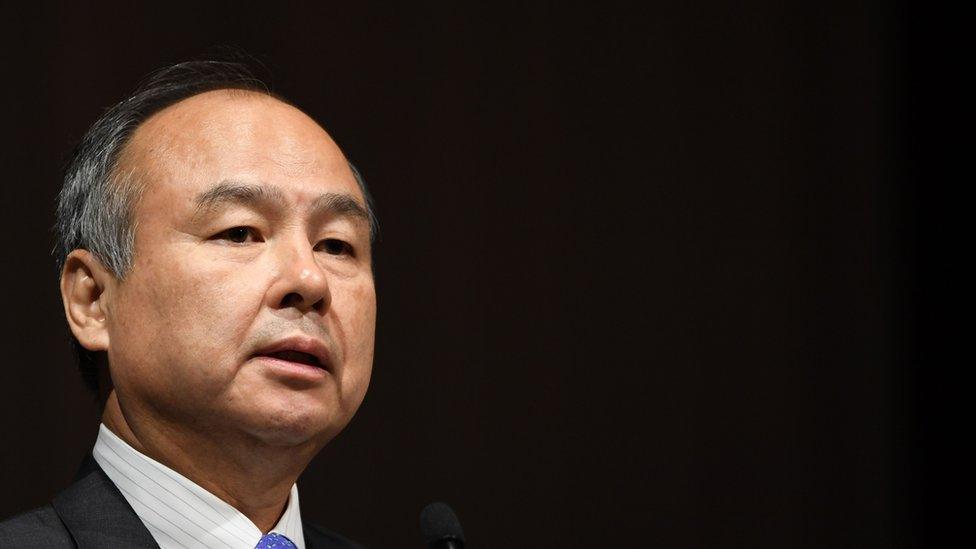
Masayoshi Son is Japan's richest man, according to Forbes
He was an early investor in Chinese internet giant Alibaba and saw the potential in e-commerce before many others.
"He is kind of our Steve Jobs [or] Bill Gates in Japan," Mr Einstein said.
Mr Einstein said he was a sort of a "maverick", someone who acted quickly much in contrast to Japan's more conservative and deliberate business culture.
"He has made more money than others in Japan but also lost more," Mr Einstein said. "He is seen as visionary and someone not afraid to take risk."
But Mr Son attracted attention in recent weeks over his firm's ties to Saudi Arabia through its Vision Fund.
What is the Vision Fund?
The investment vehicle focuses on emerging technology and has around $90bn at its disposal.
Saudia Arabia is the fund's major investor and other backers include Apple and Foxconn.
The Vision Fund holds investments in WeWork, Slack and Nvidia.
It has also invested in India e-commerce company Flipkart, robotics firm Brain Corp and vertical farming start-up Plenty in California.
But global outcry over the murder of journalist Jamal Khashoggi last month put Softbank's close relationship with Saudi Arabia in focus.
Mr Son was among a string of executives to withdraw from an investment forum in Riyadh last month in the wake of the journalist's disappearance.
He later condemned the murder, but said his company must continue to work with Riyadh.
Mr Einstein did not expect Softbank's links with the Saudi government to affect the performance of its upcoming IPO.
Why is Softbank's IPO significant?
Softbank aims to raise 2.4 trillion yen ($21bn) through the share listing.
It will offer 1.6bn shares, external at a provisional price of 1,500 yen per share, according to reports.
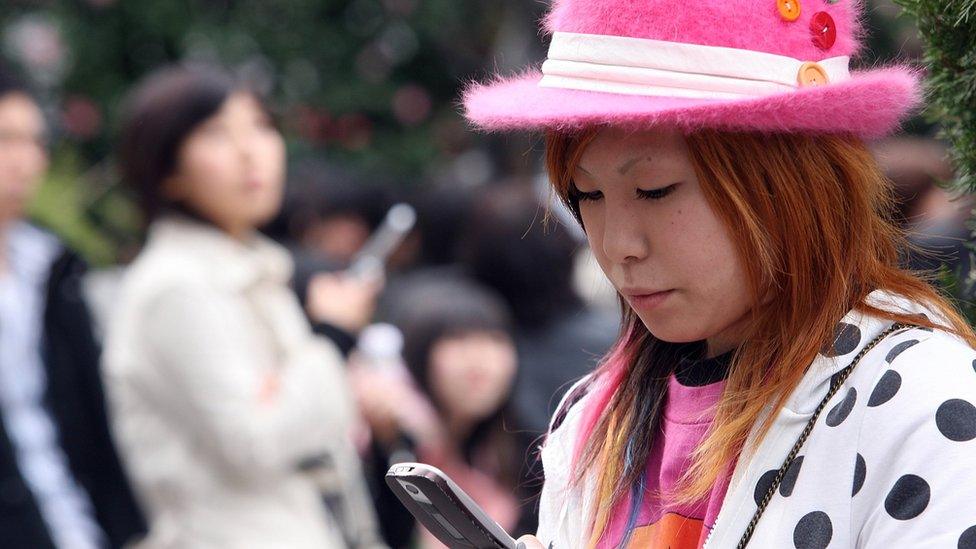
Softbank's telecoms IPO is expected to raise $21bn
If market demand is strong, it could trigger an "overallotment" of 240 billion yen, the reports said.
With the additional allotment, the initial public offering could come near to Alibaba's record $25bn IPO in 2014.
The funds Softbank secures should fuel its next wave of tech investments.
"They are going to raise lots of money with this IPO and they are going to invest in all sorts of tech companies all over the world," Mr Einstein said.
- Published5 November 2018
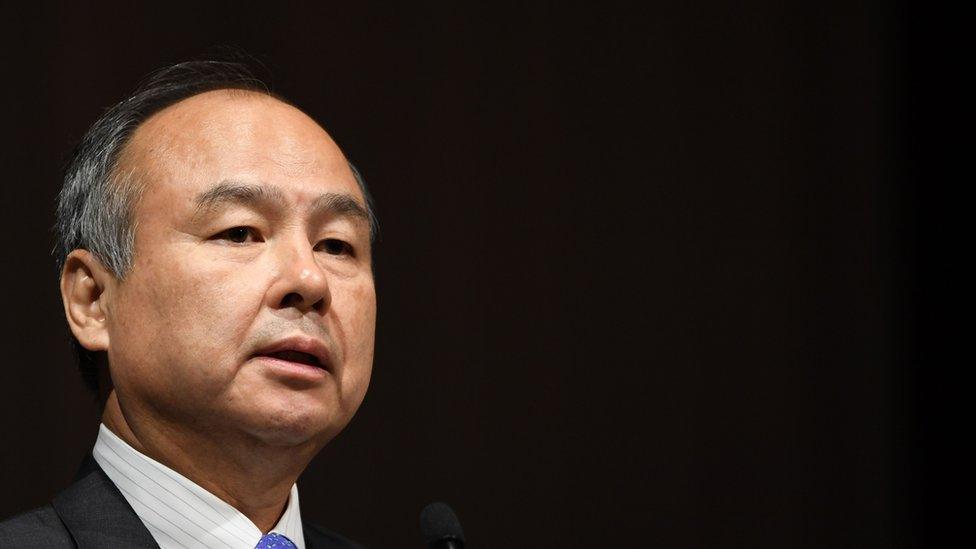
- Published15 January 2018
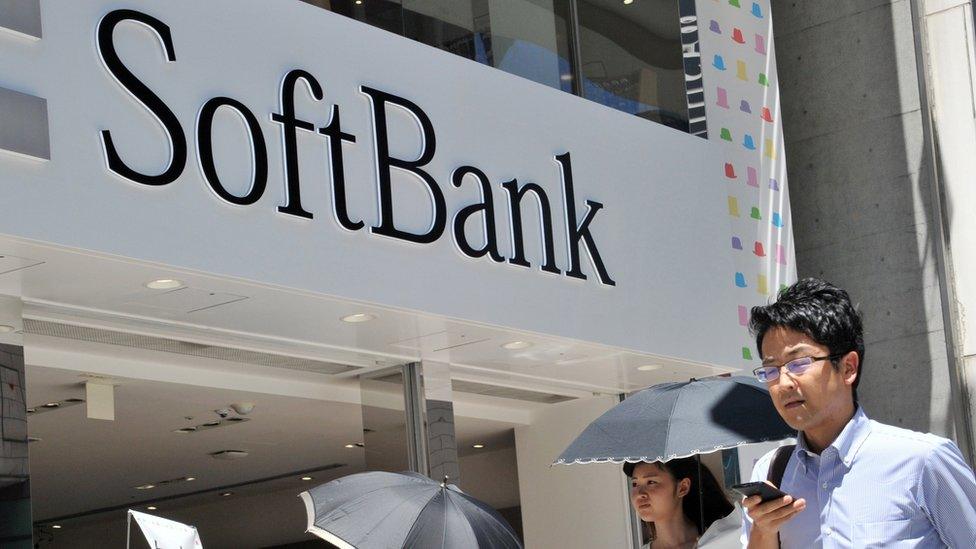
- Published28 December 2017
